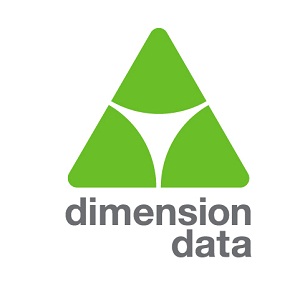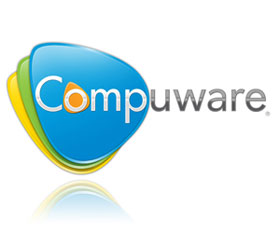Contain mining costs by adopting cloud services
 Being agile in the face of unpredictable volatility will become even more important as pressure increases on mining companies to continue growing while reducing operating costs.
Being agile in the face of unpredictable volatility will become even more important as pressure increases on mining companies to continue growing while reducing operating costs.
A solution to reducing costs is based in cloud computing, which has become a topic of interest for a variety of industries, specifically in mining where, historically, the preference has been to own and run applications onsite.
Cloud computing offers the mining sector the opportunity to consolidate multiple applications by hosting in highly virtualised data centres, and to leverage economies of scale offered by multi-tenancy (i.e. sharing) at levels ranging from physical infrastructure, to support personnel, right through to the software applications themselves. At the very least, the highly virtualised nature of a private cloud would ensure efficient use of underlying hardware infrastructure, while offering the business much shorter turn-around times on IT infrastructure requests.
The move to cloud computing for mining companies has direct implications for site and operational systems, as well as for the simplification of operations. Adopting a cloud-based services strategy alleviates the burden of ownership of non-core mining assets and instead focuses on services-based provisioning of solutions to the business.
It therefore makes sense for mining companies that non-real time solutions such as enterprise resource planning (ERP), laboratory information management systems (LIMS), work planning and scheduling, graphical and spatial information systems (GIS) messaging, information business portals, and business intelligence can be cloud based, which helps drive down the total cost of ownership for the business.
Cloud also allows mining companies to consolidate onsite support staff by enabling the centralisation of selected business functions, which ensures technical employees are allocated appropriately as opposed to being at the traditional ‘coalface’ of the organisation.
Depending on the specific requirements by mining firms, cloud computing can be based in the private or public domain. With private cloud, services are tailored to meet specific reliability, availability or security demands by using dedicated infrastructure. This not only enables the provisioning of professional IT services without having to invest in skills in-house, but it also offsets the carbon footprint within the IT environment. While this may not be significant to the overall carbon footprint costs associated with the mining operation, every cent saved contributes towards lowering the cost of producing resources.
As more mining companies look to standardise business processes, which often leads to the standardisation and centralisation of systems, cloud computing starts to make more sense as it supports these changing fundamentals and enables the business to adapt to change in a more agile way.
This includes the standardisation of ERP systems, for example, while supporting shared business services. The technology that allows organisations to fulfil their cloud computing ambitions starts with virtualisation, which enables the simplification, standardisation and centralisation of business systems and processes.
The key to starting on the journey to cloud computing is to have a strategic vision and plan, which includes an initial assessment of existing applications, deciding where the business is heading and what the key business drivers are. Starting the journey to cloud begins with integrating the business vision with a sourcing strategy.
What often happens during this phase is that companies find they have to move from a ‘plan, build, run’ IT strategy to a ‘plan, acquire, manage’ approach, which involves seeking out a strategic supplier of cloud services. Instead of worrying about component technologies, IT departments need to acquire IT services as managed services, and package them as business services that can be moulded over time.
Mining organisations around the world are moving to private cloud environments thanks to the lure of a ‘sweet spot’ in the applications and systems that can be consolidated and supported. Mining organisations are different to traditional businesses, simply because they often have operations in remote areas with, in some cases, limited communications infrastructure. The result is that one of the first areas of focus is to beef up remote site infrastructure, which cannot run in the cloud due to safety or operational demands.
Before the move to cloud computing can take place, considerations for basic infrastructure and architecture need to be made. These relate specifically to reliability, availability, and backup and disaster recovery. It can never be assumed that because you’re moving into the cloud, that these fundamentals will be taken care of. The key point here is that design of the required ICT infrastructure must be carefully considered and planned rather than blindly outsourcing for the sake of doing so.
The fundamentals to consider when moving to cloud computing, whether private or public, is to start with a solid architecture, understand what application are critical to the business, and to design these for high availability while mitigating the risk of putting everything in one data centre in the cloud. This risk can be alleviated by ensuring high availability and failover are designed into your mining cloud solution.
By Bruce Taylor, Natural Resources Lead, Dimension Data Middle East and Africa


